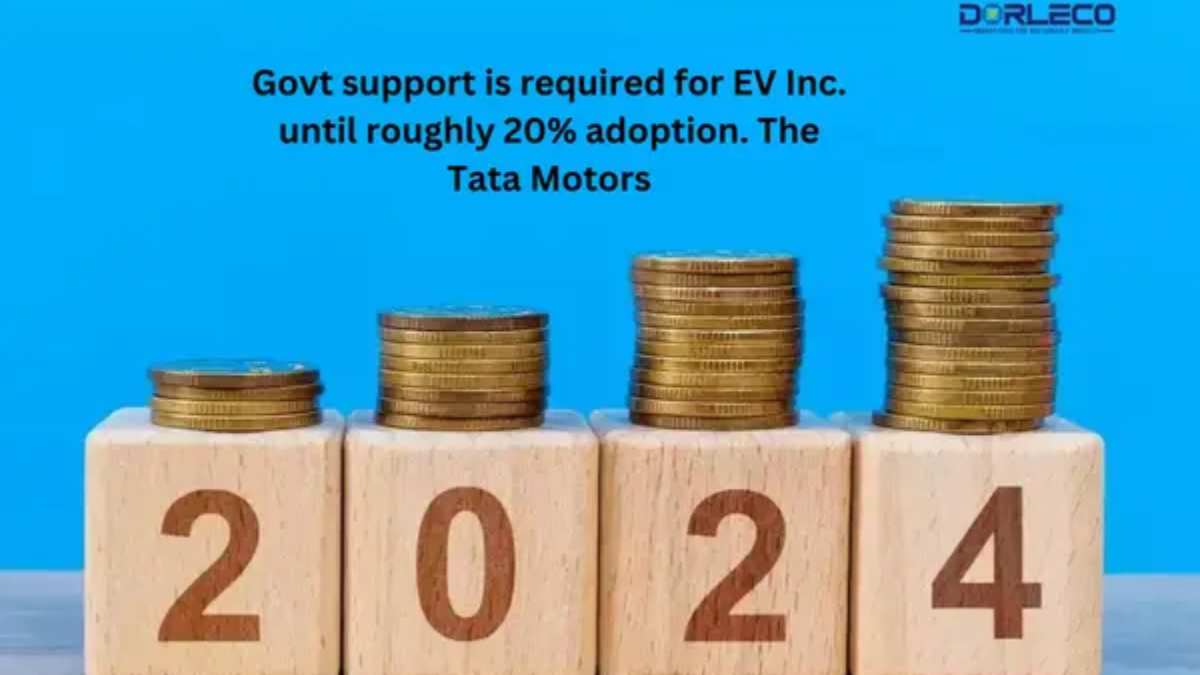The final figure does not differ much from the expected high double-digit rise in capital expenditure outlay—many analysts had previously predicted a 20% increase in the allocation.
Delhi, New: Economists and the markets responded tepidly at first to Finance Minister Nirmala Sitharaman’s proposal to increase capital expenditure by 11% in her interim budget statement this morning.
The FM suggested raising capital expenditure from the current fiscal year’s budget estimate (BE) of INR 10 lakh crore to INR 11,11,111 crore for 2024–2025. It added that this would equate to 3.4% of GDP growth in FY25. However, the anticipated increase for FY25 comes out to over 17% because capex in FY24 will only be about INR 9.5 lakh crore, as opposed to the revised estimates (RE) for the current fiscal year.
Although several experts had before speculated about a 20% rise in the allocation, the final figure does not much deviate from the anticipated high double-digit increase in capital expenditure spending. In any event, government spending on asset creation has increased more than three times over the last four years, and government spending generally decreases during election years.
Chief Policy Advisor at EY D K Srivastava told ETAuto that the comparison of BE to BE (budget estimate) was inaccurate, meaning that FY25’s capex increase is 16.9%. Using the same reasoning, he claimed that the current fiscal year’s growth over FY23 was 28.4%. According to early projections for FY24, the government’s capital spending increased by 28.4% during this fiscal year, resulting in an anticipated real GDP growth of 7.3%. Real GDP growth in FY25 of over 7% should still be achievable even with the capex increase reduced to 17% in the upcoming fiscal year. The only caveat is that more private capital should be invested to offset the reduction in government capex growth.
Put another way, while the increase in capital spending is in line with expectations, private investment will need to significantly expand if GDP growth in FY25 is to approach 7%. Furthermore, why does government capital spending have such a significant role in GDP growth in FY25? The only option for growth now that net exports’ contribution to GDP is negative due to the state of the global economy and politics is to boost domestic demand, which is mainly possible through raising capital investment.
According to Srivastava, the budget records also demonstrate that government borrowing has been “under control,” indicating that the RBI is laying the groundwork for a rate decrease later in the following fiscal year. Any reduction in lending rates is anticipated to increase domestic spending and enhance development prospects in general. The Centre has proposed borrowing INR 14.13 lakh crore for FY25 as opposed to INR 15.43 lakh crore for the current fiscal year (BE).
The two figures—a 17% growth in capital expenditure and a decrease in government borrowing—are encouraging for the economy because India’s public debt has increased in tandem with the country’s large capital expenditure increase over the past several years, with the IMF projecting an 82% debt to GDP ratio for FY24.
Indian Railways (IR) has been granted INR 2.52 lakh crore for GDP growth in FY25, a relatively modest 5% increase over the INR 2.4 lakh crore allocated in the current fiscal year. This indicates a reduction in capex growth for IR. A significant portion of government capital expenditures are attributed to the IR, and despite the yearly budget never being fully utilized, the Railways have consistently received a significant boost in funding each year. Possibly considering the levels of usage, the IR rise for 2024–2025 is only a meager 5%.
According to Anuj Puri, Chairman of ANAROCK Group, there were no significant announcements about the real estate industry. However, improving communication throughout the nation and upgrading infrastructure were the main priorities.
According to Shishir Baijal, CMD of Knight Frank India, the three new economic railway routes included in the budget are “massive projects with the potential to grow economic hubs and boost the development of the tie-2 and tier-3 cities along their alignment.”

